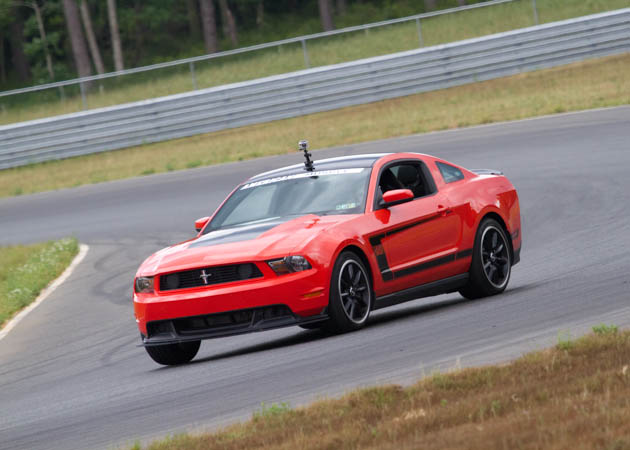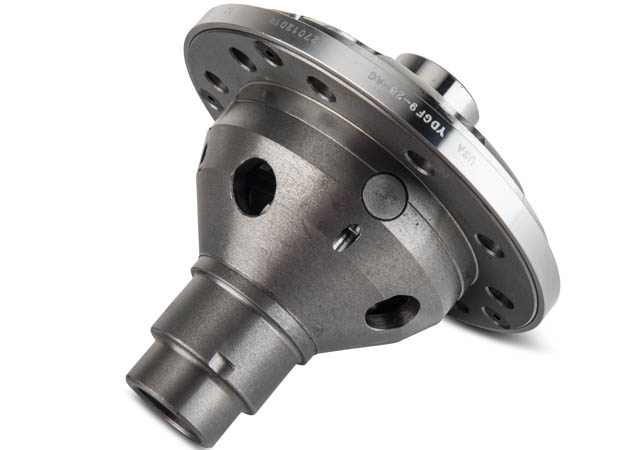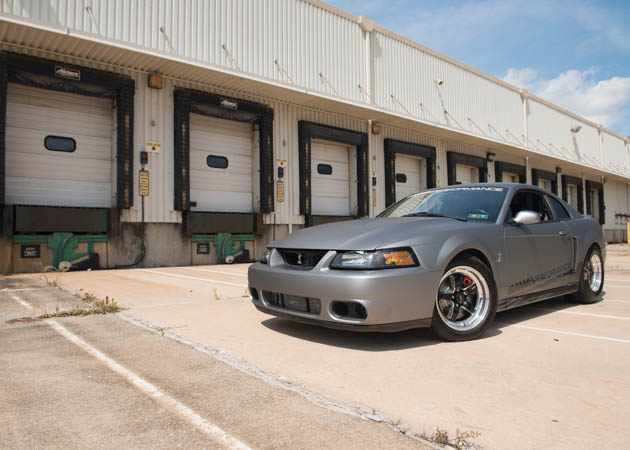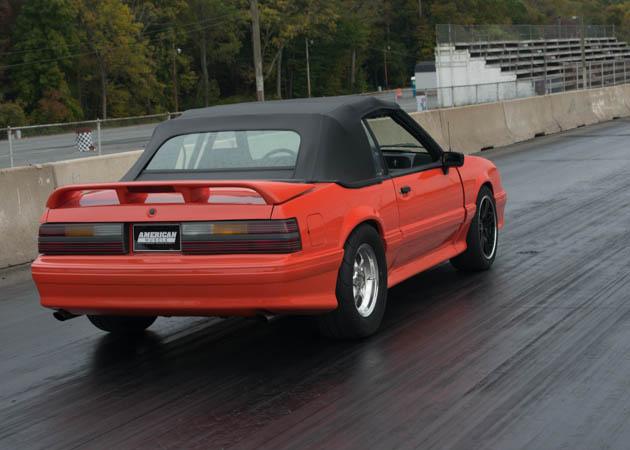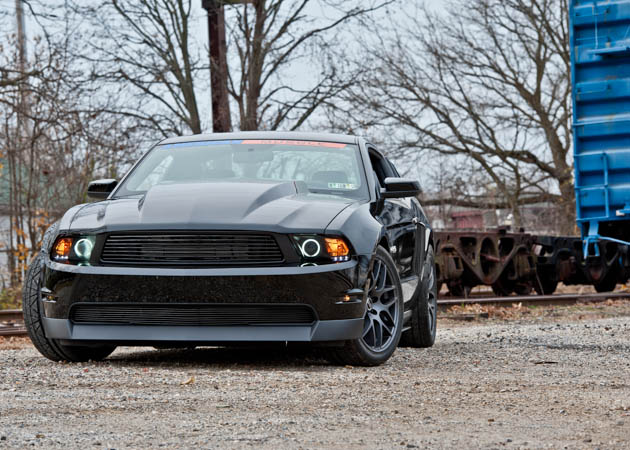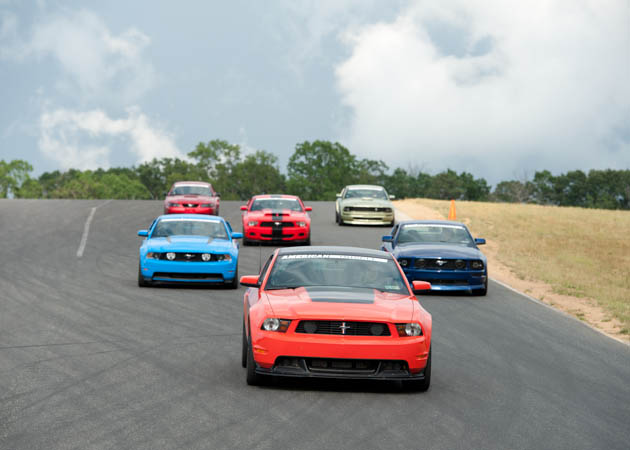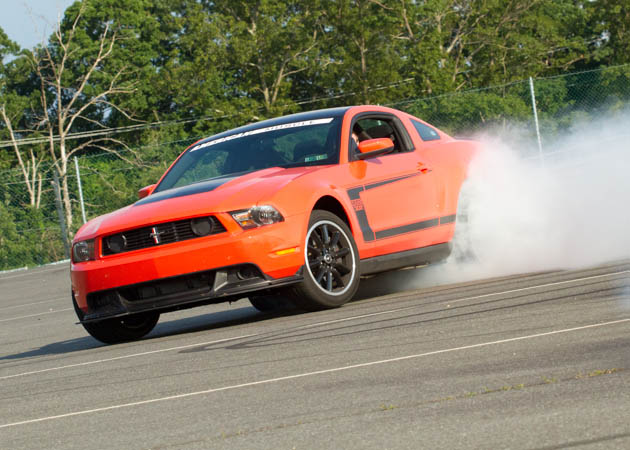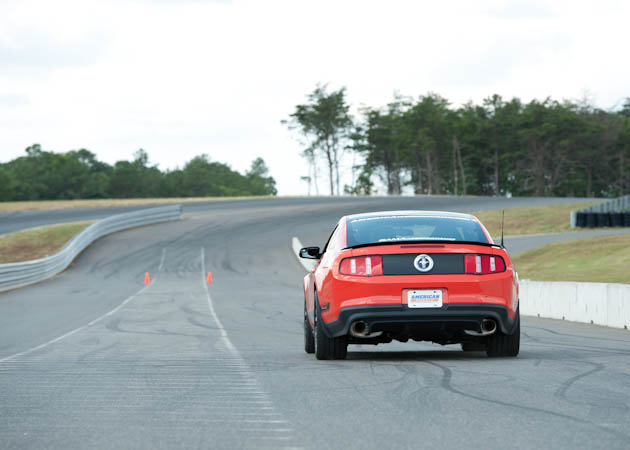An integral ability of any vehicle is to keep traction under a variety of conditions. In this article, we are going to examine a critical component that plays a large role in traction – the differential.
Contents
- What is the Purpose of My Differential?
- Open Differentials
- Limited Slip Differentials
- Locking Differentials
- Automatic Lockers
- Spools
- What Type of Differential is Best for My Mustang?
- Your Differential and Wheel Spin
- How Can I Tell if My Clutches are Worn Out?
- What About Wear and Tear? Can an LSD Wear Out?
- Does My Model Mustang Even Have an LSD?
Shop Differentials
Depending on your build, a proper differential could bring everything together. Whether drag racing, track racing, or simply augmenting your street build a quality differential can keep your tires spinning at the speeds they need to.


